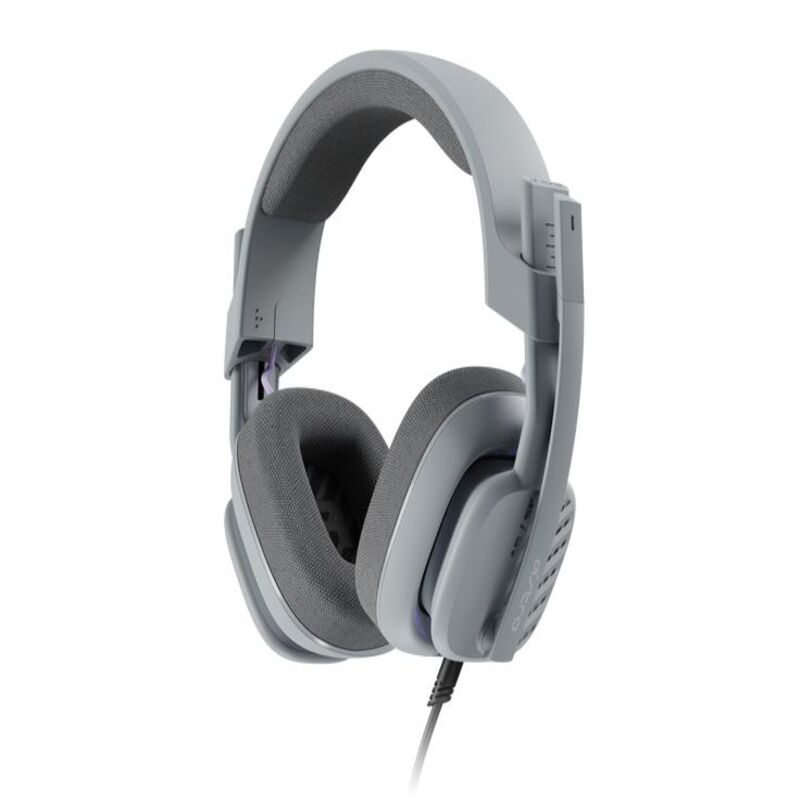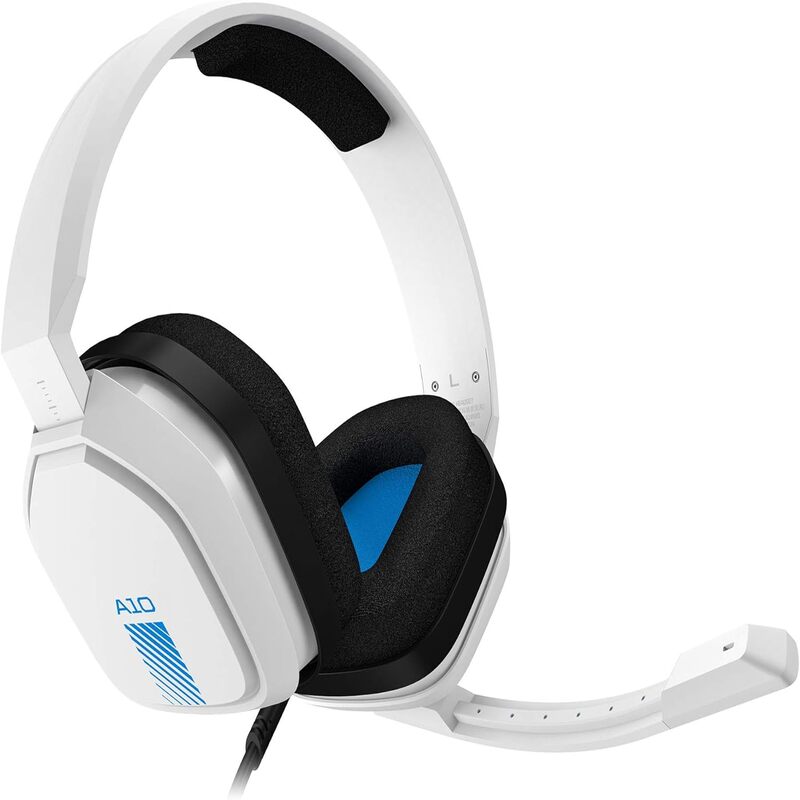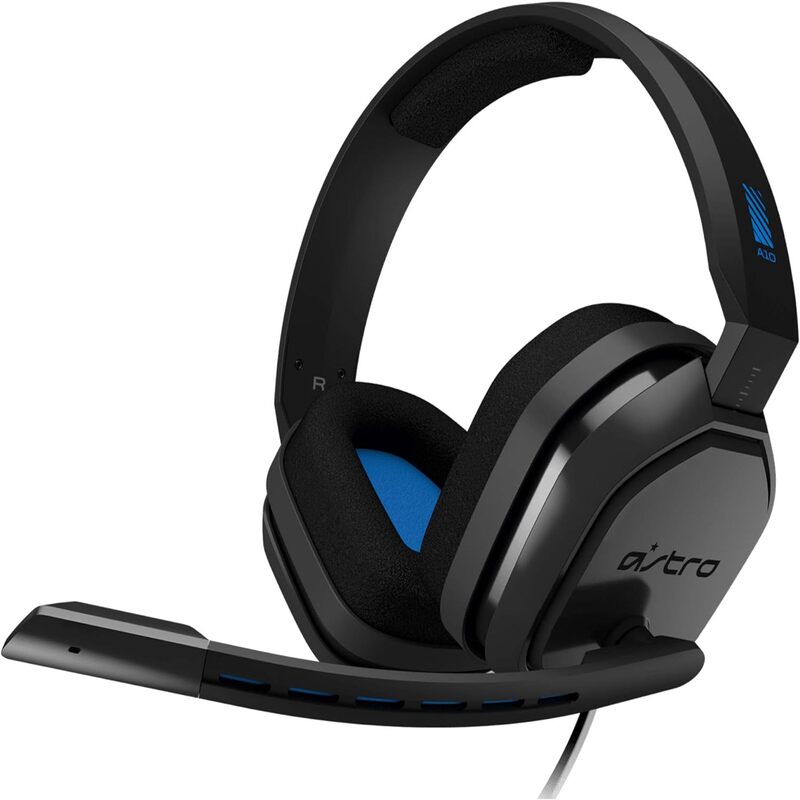When you settle down for an immersive gaming session or an important virtual meeting, the last thing you want is frustration due to audio issues, particularly with your gaming headset’s microphone. The Astro A10 is a popular choice among gamers for its superior sound quality and comfort, but like any piece of technology, it’s not immune to problems. One common challenge many users face is when the Astro A10 mic not working altogether. If you’ve found yourself in this frustrating situation, don’t worry. This comprehensive guide will walk you through various steps and considerations to diagnose and resolve the issue effectively, ensuring you can return to the action with crisp voice communication intact.

Identify the Problem: No Sound from Your Astro A10 Mic
Before jumping to conclusions or solutions, it’s essential to identify what specifically is wrong with the Astro A10 mic. There are multiple scenarios to consider. First, is the microphone entirely unresponsive, or does it pick up muted or distorted sound? If you hear faint noises or sounds that don’t transform into clear voice communication, this could indicate a partial issue. On the other hand, complete silence might suggest a deeper problem that requires more investigation.
To start troubleshooting, check whether the headset is correctly plugged into the device. If you’re using a console or PC, ensure the jack is securely inserted into the proper audio port. Many users often overlook this step, thinking that a slight disconnection won’t matter much. However, even a minuscule gap can lead to significant audio interruptions.
Additionally, verify if any software settings might interfere with audio input or output. Explore your device’s audio settings to confirm that the Astro A10 mic is selected as the input device. Oddly enough, even a momentary switch to another input can derail communication, leading you down a frustrating path of troubleshooting.
Check Physical Connections: Ensure Everything is Plugged In
A common reason for mic issues is loose connections or faulty cables. The Astro A10 headset features a robust cable structure, yet anything can happen if you frequently move or transport your gaming gear. Begin by carefully inspecting both ends of the cable for any visible damage or wear. Kinks, frays, or cuts can often lead to connectivity issues that affect microphone performance. If you notice any damage, replacement might be the most straightforward solution, so consider purchasing a compatible cable.
Once you confirm that the cable is intact, examine the connection points where the headset plugs into the device. For USB connections, try different ports to see if the issue persists. Some USB ports may not function optimally, particularly if they share power with other devices. For a console setup, ensure a snug fit in the controller, as even small movements can dislodge connections.
Switch to alternative setups if possible; if you’re using a console, try connecting to a PC or vice versa. This cross-compatibility check can help rule out issues related to specific devices, providing clarity on whether the problem lies within the microphone component or the host device.

Update Your Drivers: Necessary for Optimal Performance
Another critical factor that often goes unnoticed in audio troubleshooting is outdated or incompatible drivers. Sound drivers serve as the bridge between your hardware and the operating system, managing how audio signals are transmitted and received. An outdated driver could lead to a plethora of audio issues, including non-functioning microphones.
To update your drivers, begin by identifying the necessary software for your device. Visit the manufacturer’s website—typically, they provide an intuitive way to download the latest drivers compatible with your gaming console or PC. For Windows users, you can also update drivers through Device Manager. Locate your sound devices, right-click, and select “Update Driver.” Windows will search for the latest available software to ensure your mic operates seamlessly.
On macOS systems, updates happen automatically during system upgrades, but you can also navigate to the System Preferences, select Sound, and check for updates from there. Don’t forget to restart your device after updates; this can help solidify the changes and may fix underlying issues with the audio system.
Configure In-game Settings: Voice Chat Options
Sometimes, the issue at hand may not result from hardware problems but rather from settings within the game itself. Many modern games come equipped with robust audio settings, including specific configurations for voice chatting. In certain cases, the in-game voice communication feature may be disabled, resulting in silent mics during gameplay.
To access these settings in most games, navigate to the audio or voice chat menu. There, ensure options related to voice chat and microphone input are enabled. Also, check for volume settings that can affect how others hear you during the interaction, and adjust the sensitivity settings for your mic to ensure it can pick up your voice adequately.
Keep in mind that every game has different specifications, so exploring forums or the game’s support pages can provide additional insights if standard settings fail. It might also be useful to test your microphone in different game modes or channels, as various configurations exist that could highlight the issue more clearly.

Examine Social App Permissions: Are They Properly Configured?
With the growing number of social applications used for gaming, such as Discord, TeamSpeak, or Xbox Live, failure to configure permissions correctly can impair your microphone’s functionality. Ensure that the application you’re using has the necessary permissions to access your microphone, as sometimes updates or changes in settings can inadvertently restrict access.
In the case of Windows, go to Settings > Privacy > Microphone. From there, allow apps to request access to your mic, ensuring that your chosen gaming application is part of that list. Similarly, for macOS, navigate to System Preferences > Security & Privacy > Microphone and check whether your application appears in the list. If not, grant it the necessary permissions.
Once permissions are in place, heap on further configuration by adjusting settings within the social app itself. Each application typically contains its own audio settings that can fine-tune input/output configurations. Experiment with these options to discover the best audio quality for your specific use case.
Test on Different Devices: Narrowing Down the Issue
Whether you’re using a console, PC, or mobile device, to find the root of the problem effectively, it’s prudent to test your Astro A10 microphone on different devices. If the mic works on one device but not the other, this can provide crucial insight into whether the issue is with the headset or the particular device it was connected to previously.
For those using PCs, try using your headset with another computer or laptop. For console users, swapping devices can also yield useful results. By diversifying your testing environment, you’re apt to gather more information about the nature of the issue at hand.
If the Astro A10 mic fails to work across all devices, it likely indicates a hardware issue with the headset itself. You may need to reach out to customer support for resolution or explore options for repair or replacement.
Factory Reset: A Last Resort
If none of the previous steps resolve the issue, performing a factory reset on your device may help. Be cautious when using this option; while it can clear up more complex software issues that might impede your audio functionality, it can also erase personalized settings. Be sure to back up any vital configurations before resetting.
For consoles, factory resets can usually be initiated through system settings. For PCs, a clean reinstall of audio drivers may suffice. This final measure can often restore functionality to devices that become compromised through updates or conflicting software. If your Astro A10 microphone still doesn’t work after taking these measures, it might be time to contact the manufacturer for support or investigate potential warranty claims.
Conclusion: Restore Your Gaming Experience
Losing the functionality of your Astro A10 microphone can be an incredibly frustrating experience, particularly when communication is pivotal to a successful gaming or work experience. However, by following these detailed steps, from troubleshooting basic connections to diving into system settings and permissions, you can effectively diagnose and rectify the microphone issues.
In many cases, the solutions lie within the actions you take. Regular maintenance, including keeping cables intact and updating drivers, can also help prevent potential issues before they arise. Armed with this knowledge, you’ll not only restore your Astro A10 mic to working order but also enhance your overall experiences in gaming and communication that are such integral elements of today’s digital landscape.
The Astro A10 headset is designed for immersive, interactive experiences—don’t let minor setbacks like microphone issues undermine your gaming adventures or professional commitments. With persistence and the insights provided here, you can ensure clear communication and reliable performance, enhancing each moment spent in your virtual worlds. Happy gaming!